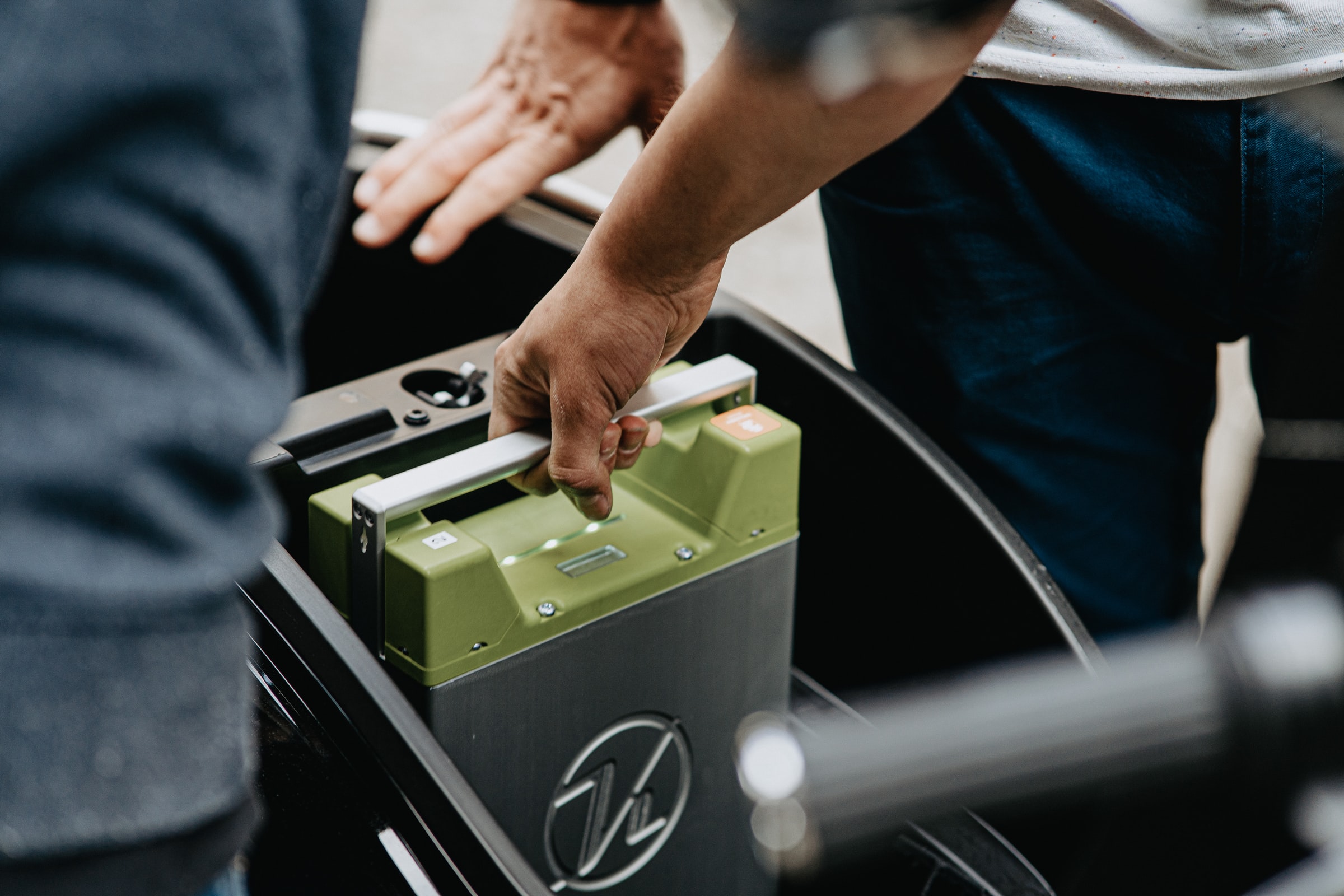In Florida, it’s quite a feat to have a green lawn without some sort of intervention. My husband has decided being quarantined has given him the time he needs to try and get our lawn in better condition. Yesterday, we went on a big adventure to Home Depot to get seed. Although I went along for this rare journey, I stayed in the car to practice social distancing. I sat in the a/c and scrolled my phone mindlessly for about thirty minutes until he returned. Unfortunately, when he got back, the car’s battery was dead. Whoops.
A stranger thankfully helped us and Jared said “he even knew how to hook up the cables.” Ugh, jumping a car gives me the willies. Which way do you hook up the cables? Isn’t it red to dead? But does that mean you hook up the red cable to the dead battery, or that you’re dead if you do that first? Anytime I need to jump a car battery, I am forced to look up the steps. On the drive home, it dawned on me. The reason I couldn’t ever remember how to jump a car was that I was trying to memorize steps without learning the purpose behind each step. Why were those steps in that order? I had no idea and therefore, forgot every time.
Naturally, I spent the next day on the internet reading blog posts, watching YouTube videos, and looking at diagrams of car batteries in order to fill in my knowledge gap. I learned electrons flow from the negative terminal of a car battery to the starter of the car and give the starter energy to start the engine. The electrons continue to flow from the starter thru the car’s chassis back to the battery at the positive terminal. This creates a very simple circuit and energy is able to flow thru the battery.
I continued to investigate the steps. First, start with the red cable and connect it to the dead battery’s positive terminal then to the alive battery’s positive terminal. This is first because of how energy flows in the circuit. It does not flow out from the positive terminals so therefore no energy will flow with this first step. Next, connect the black jumper cable to the alive battery’s negative terminal. The energy needs to flow from the alive battery’s negative terminal to the dead battery. Finally, the other end of the black cable gets attached to metal somewhere on the car…but NOT the negative terminal. Why not the other negative terminal? Wouldn’t this create the circuit we want?
Turns out, a dead battery emits hydrogen gas which can explode. When the circuit is completed, a small spark may be emitted. We want that spark to be away from the dead battery and lessen our chances of any explosions. Okay, but why is the black cable hooked up in this order? If the circuit is completed with the final step being where the energy flows from, it could cause a short circuit. Therefore, we want the last connection to be onto the dead car’s chassis.
Confused? Yeah…I sort of am too. But I don’t think I’ll forget why the last connection needs to be the negative cable of the dead car. No explosions wanted here. And I don’t think I’ll forget positives get hooked up first because the energy can’t flow between those two terminals, so you want to start there. If you’re a science nerd or car nerd and any of this is incorrect, or you have a better explanation, please correct me!
If you’re a math teacher, this is how our students learn. You know how many times I’ve looked up how to jump start a car? Each time after I do this, I immediately forget the steps and have to look it up again next time. I forget because I didn’t learn; I memorized. Our students need to understand the procedures we teach them. Where does the placeholder zero come from when multiplying? Why do we bring down a zero when dividing? If we teach for memorization, kids will forget. If we teach for knowledge, kids will be on the right track to procedural fluency. Similar to the car battery, if we teach math in the wrong order (procedural before conceptual), it may explode right in our face.


